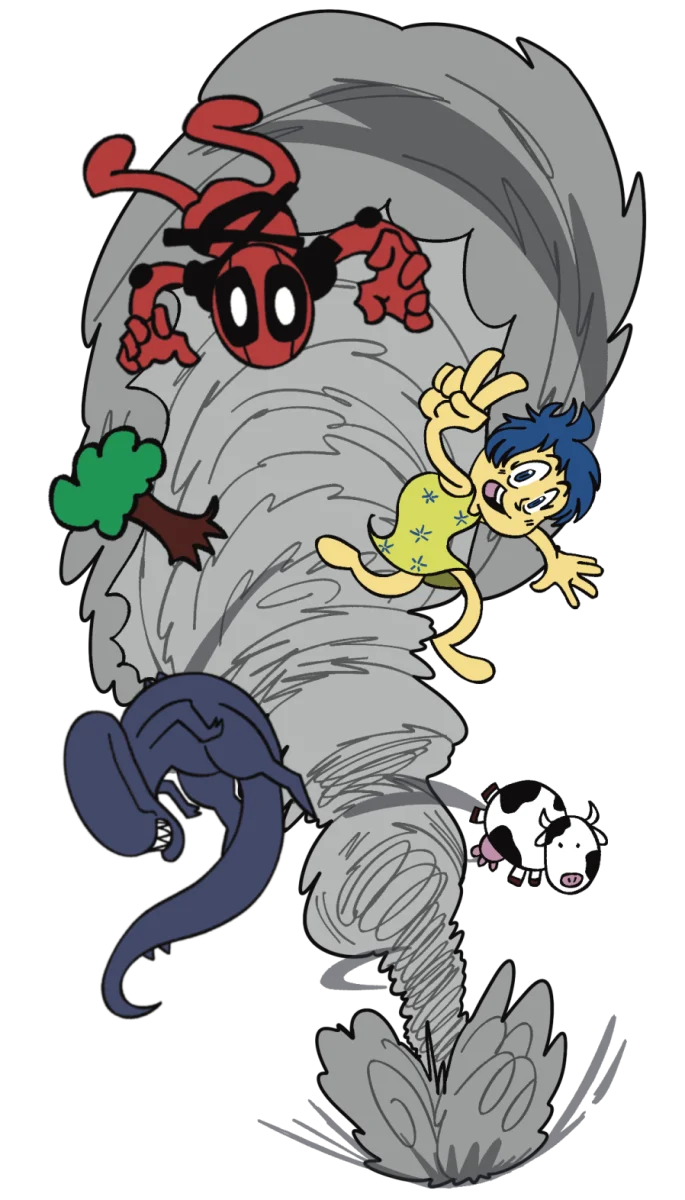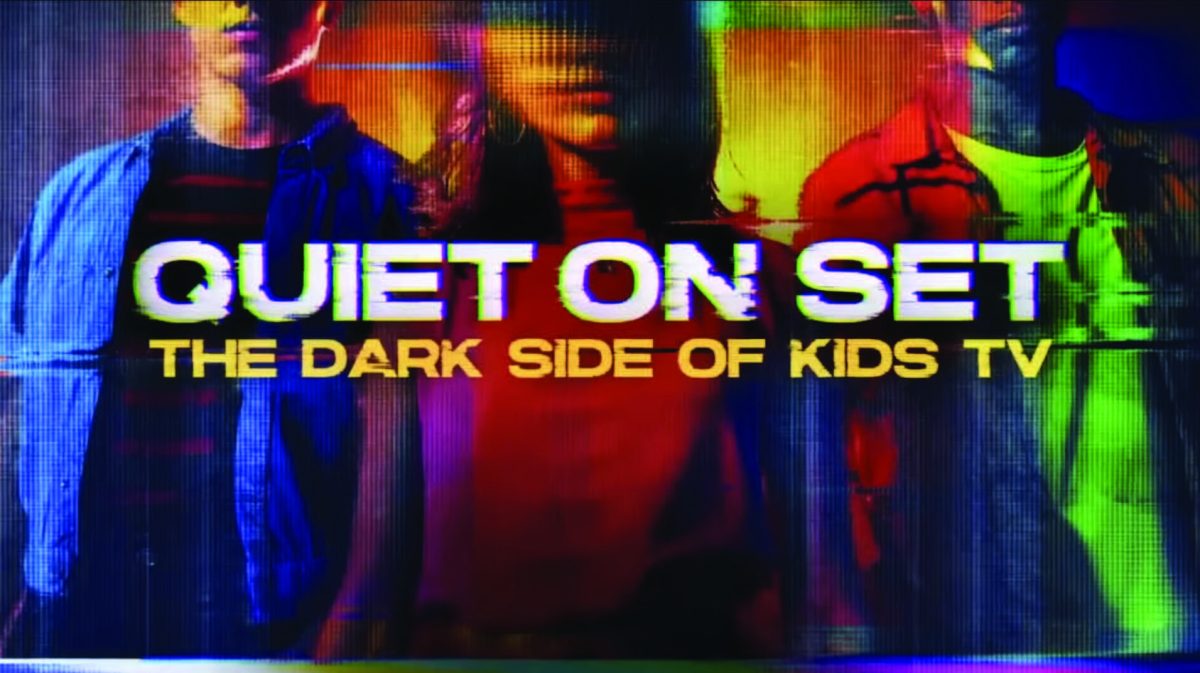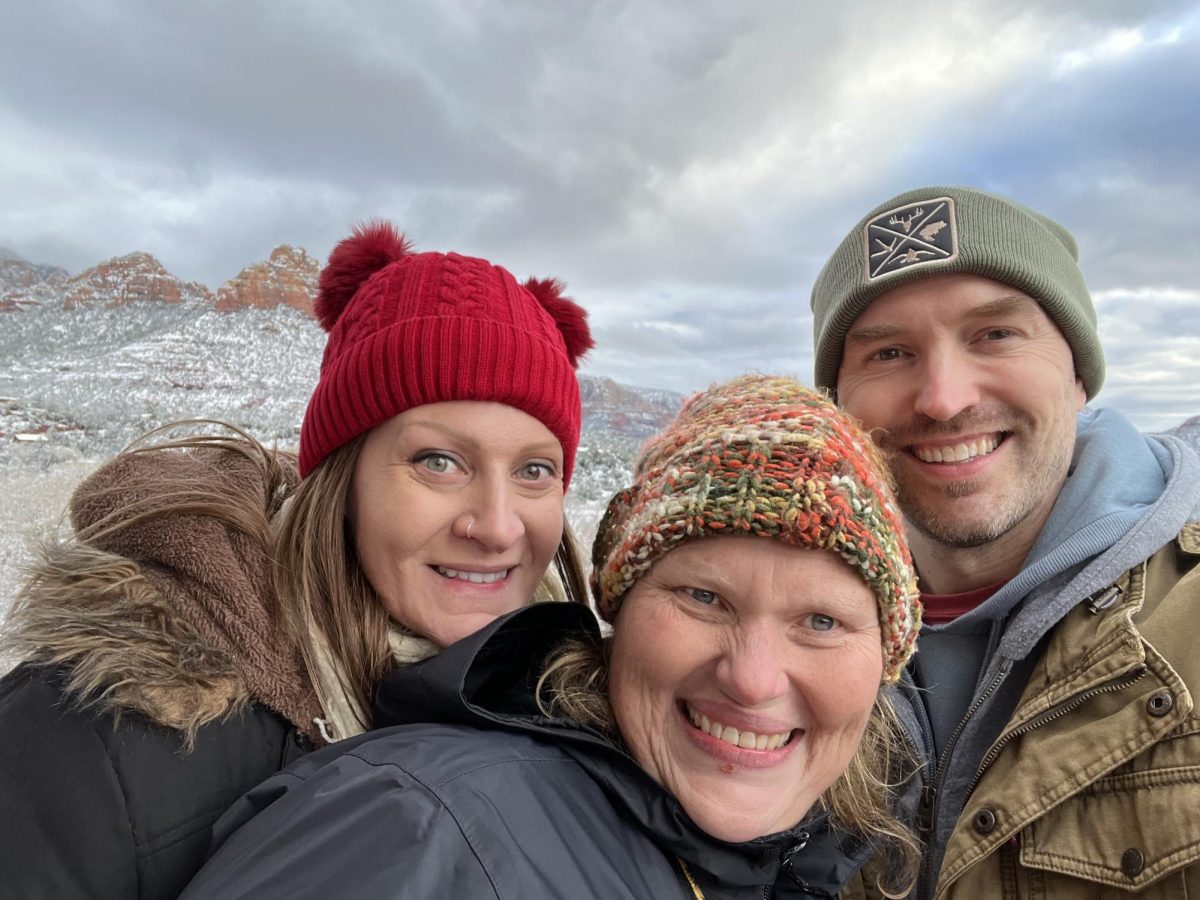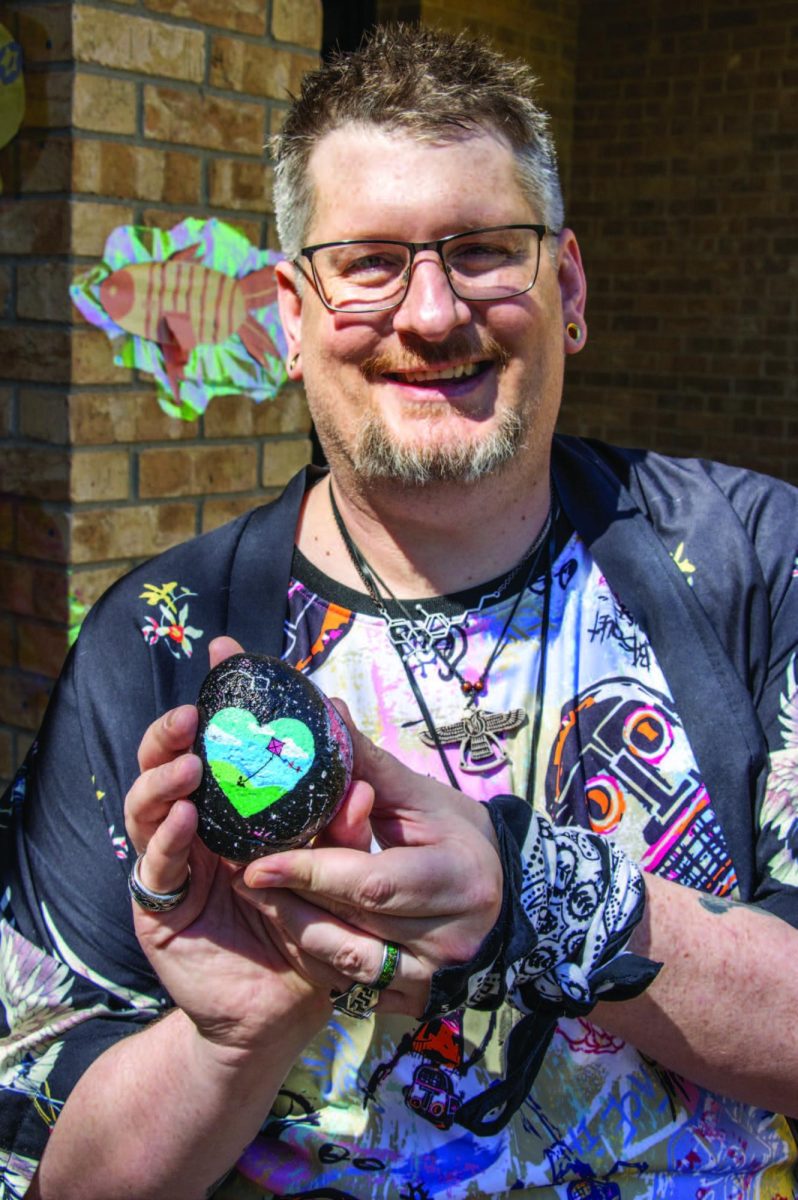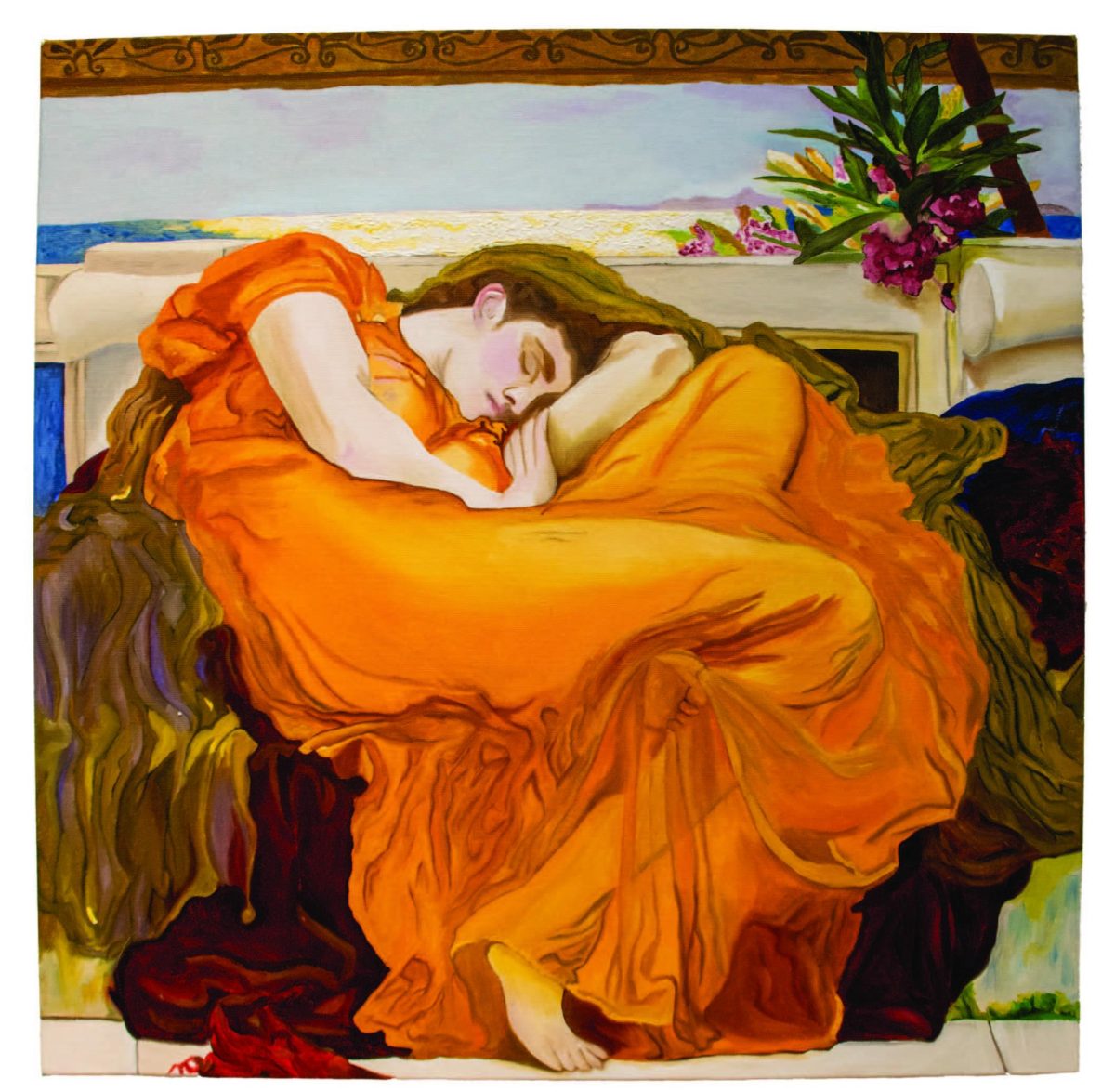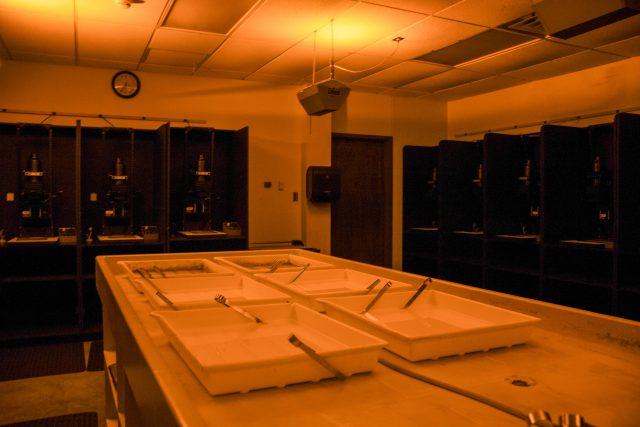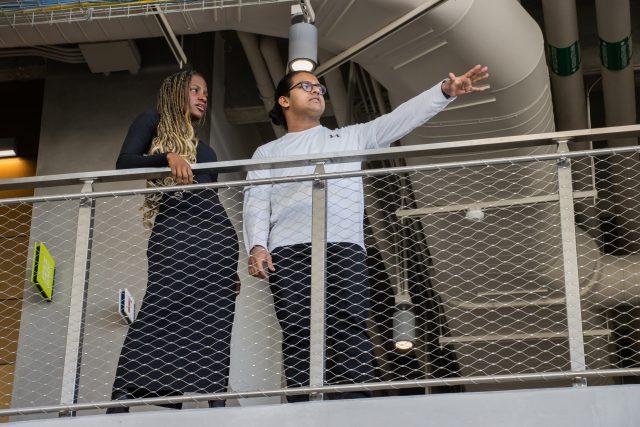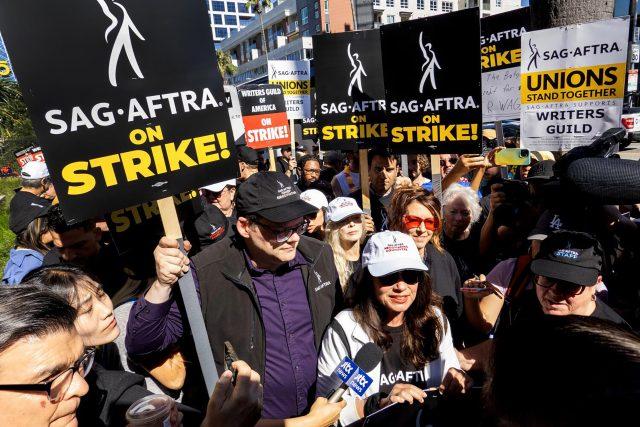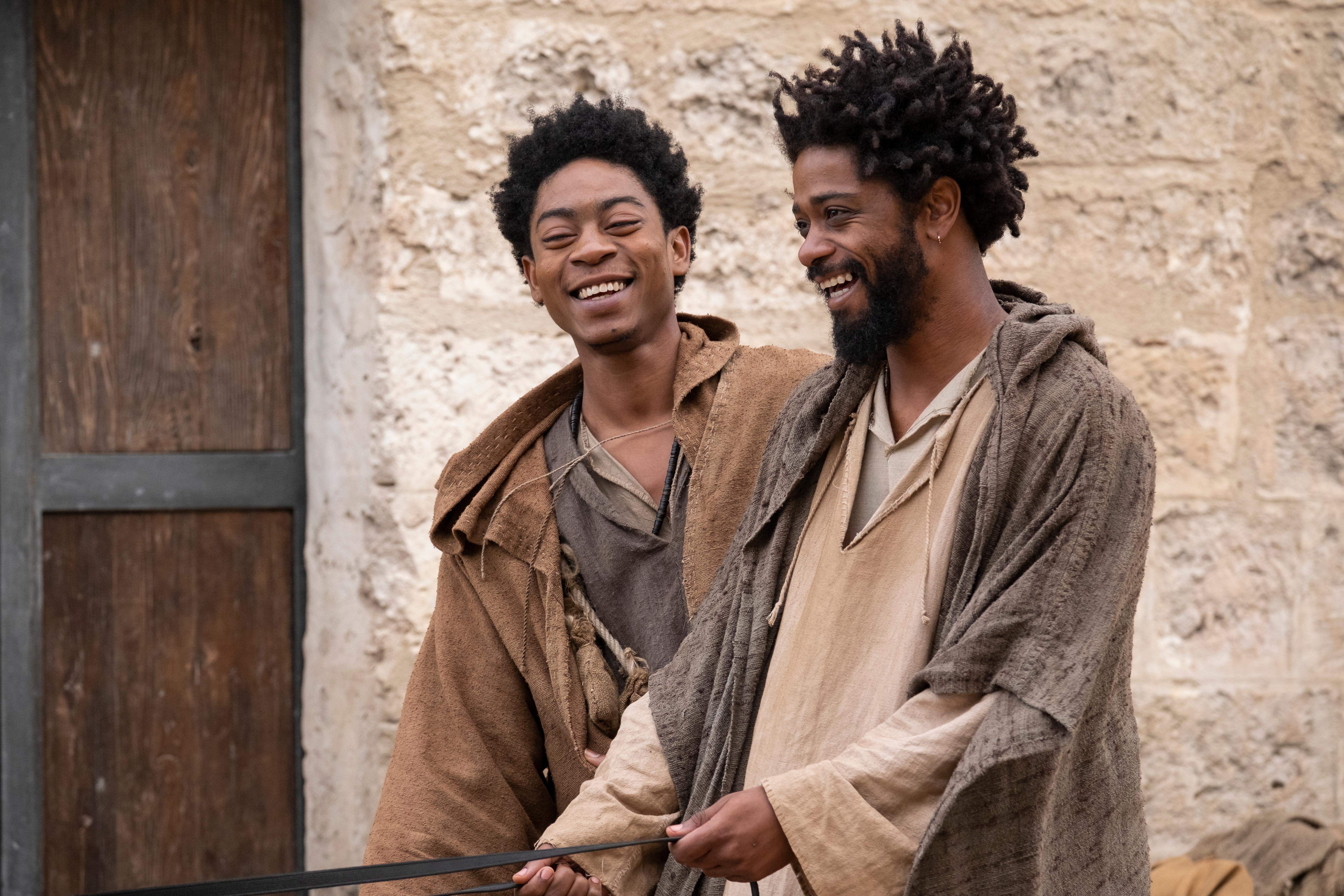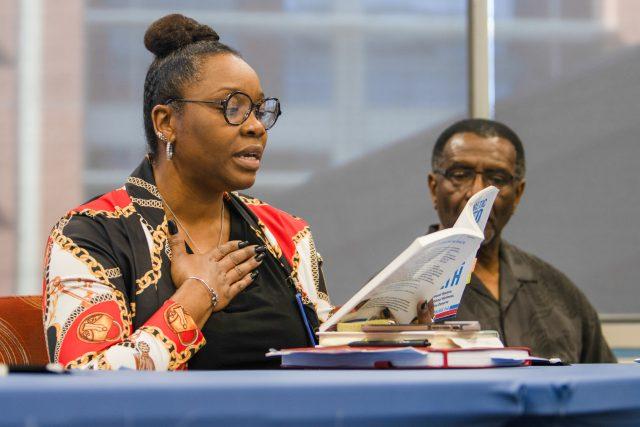NINA BANKS
managing editor
nina.banks@my.tccd.edu
“The talk” is a potentially lifesaving conversation Black families have with their children.
Photographer Michael Darough displayed his collection that outlines this moment, “The Talk” in TR East Fork Gallery.
Prior to the opening reception, Darough held an artist talk where he recalled receiving “the talk” on how to interact with his surroundings without drawing unnecessary attention to himself.
“Before I left the house as a young kid, my parents had to sit down and have a conversation with me,” Darough said. “They had to talk to me about how I should carry myself in the streets, how I should address police officers, how I should address people. So that talk was necessary. If they wanted me to come home at the end of the day, they needed to make sure they had a conversation before I left.”
Darough is from Ferguson, Missouri, where the Ferguson uprising took place after the killing of Michael Brown by a police officer in 2014. He often frequented the area where Brown was killed.
“I could’ve been a Mike Brown,” Darough said.

Included in “The Talk” exhibition is “The Cycle” series, which depicts multiple men with their hands behind their backs in handcuffs. The main model that Darough used in his photographs was actually himself.
Following the Ferguson uprising, Darough’s photography took a more political lens. “The Talk” exhibition drew inspiration from different sources throughout history and extensive research.
“I started creating different images,” Darough said. “I was watching the news, and every time I am watching the news, I am jotting down notes. Who is being killed? Who is being stopped? How are they being stopped? The language that they are using with the individual. I am trying to make sure I am getting the rhetoric right so that when I am creating these images, they are coming from a place of truth.”
TR speech instructor Sheldon Smart attended the artist talk and opening reception. Smart said the exhibit “hits close to home.”
“Well, it was emotional obviously being a Black male,” Smart said. “I think it was also emotional because when you see the number of instances, it’s not a one-off type of thing. But it’s the number of instances.”
Though his work focuses on a personal and heavy subject matter, Darough found the process of creating “The Talk” to be cathartic.
“I had an opportunity to deconstruct the image and not focus on what I was feeling,” Darough said. “How I can make this presentable for the audience and how I can get people to enjoy this while still thinking about what’s going on?”
TR student Lexine Henry resonated with the piece “I Fit the Description.” The work features Darough with his back toward the camera and hands raised towards two lights shining on him.
“It’s a light and he’s surrounded, almost as if police got him,” Henry said. “Since this is a heavy thing, you kind of wonder and are kind of fearful of what’s going to happen because it’s within the context of all these pieces. We all know the ending in which they forcefully got murdered. They died, so you’re wondering how long is this going to continue?”
Darough has enjoyed seeing the varied responses to his exhibition.
“Everybody has a different reaction to it,” he said. “Some like the technical look of it. Some get lost in an image, and some feel very emotional and drawn to it.”
He hopes attendees will understand that racial inequality still exists in the United States.
“We have some work in terms of fixing that,” Darough said. “Until we acknowledge it and make efforts towards fixing the institutional racism we have, it’s going to continue to be a problem.”
“The Talk” will be on display until Mar. 8 in the TR East Fork Gallery.






